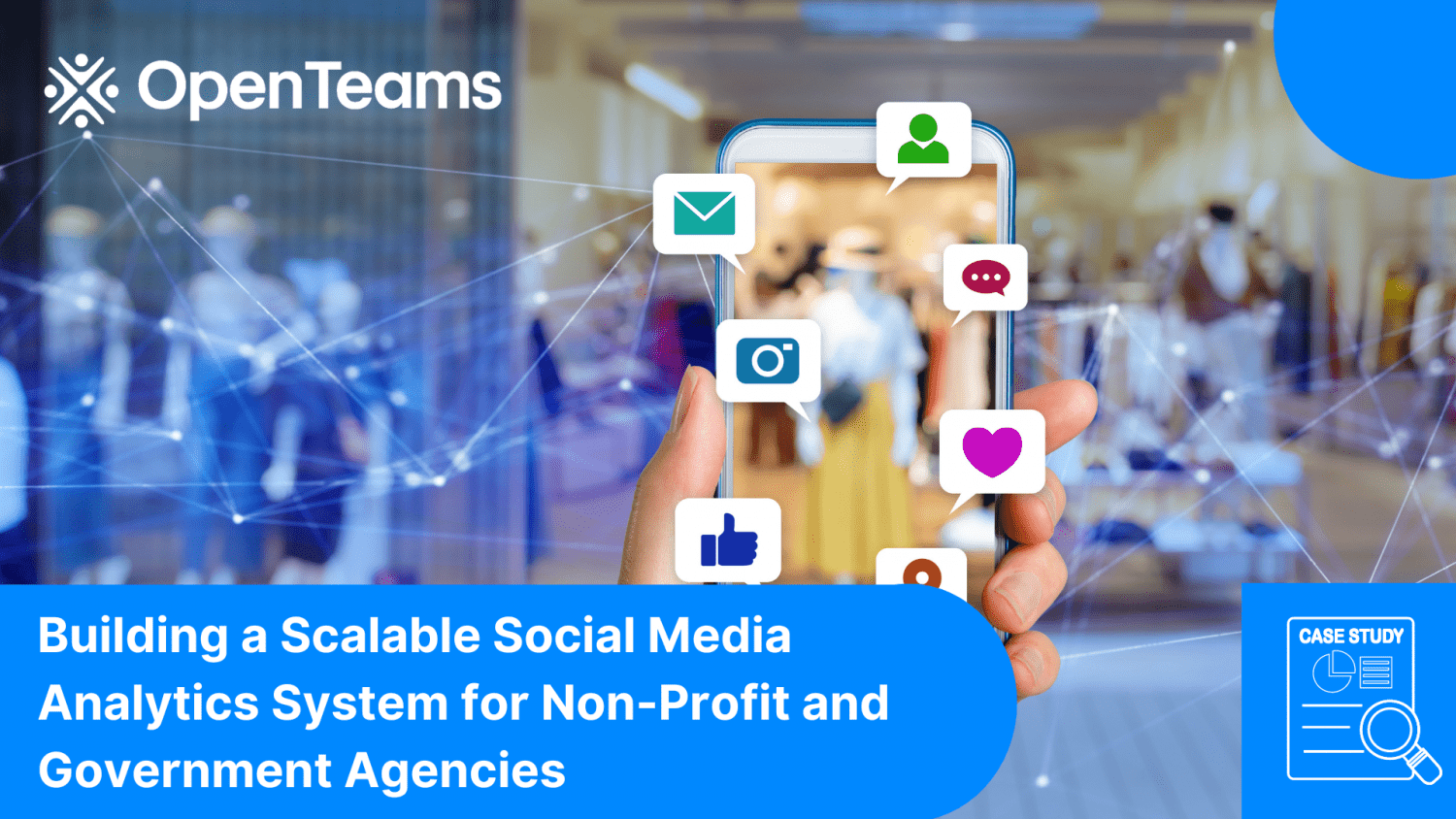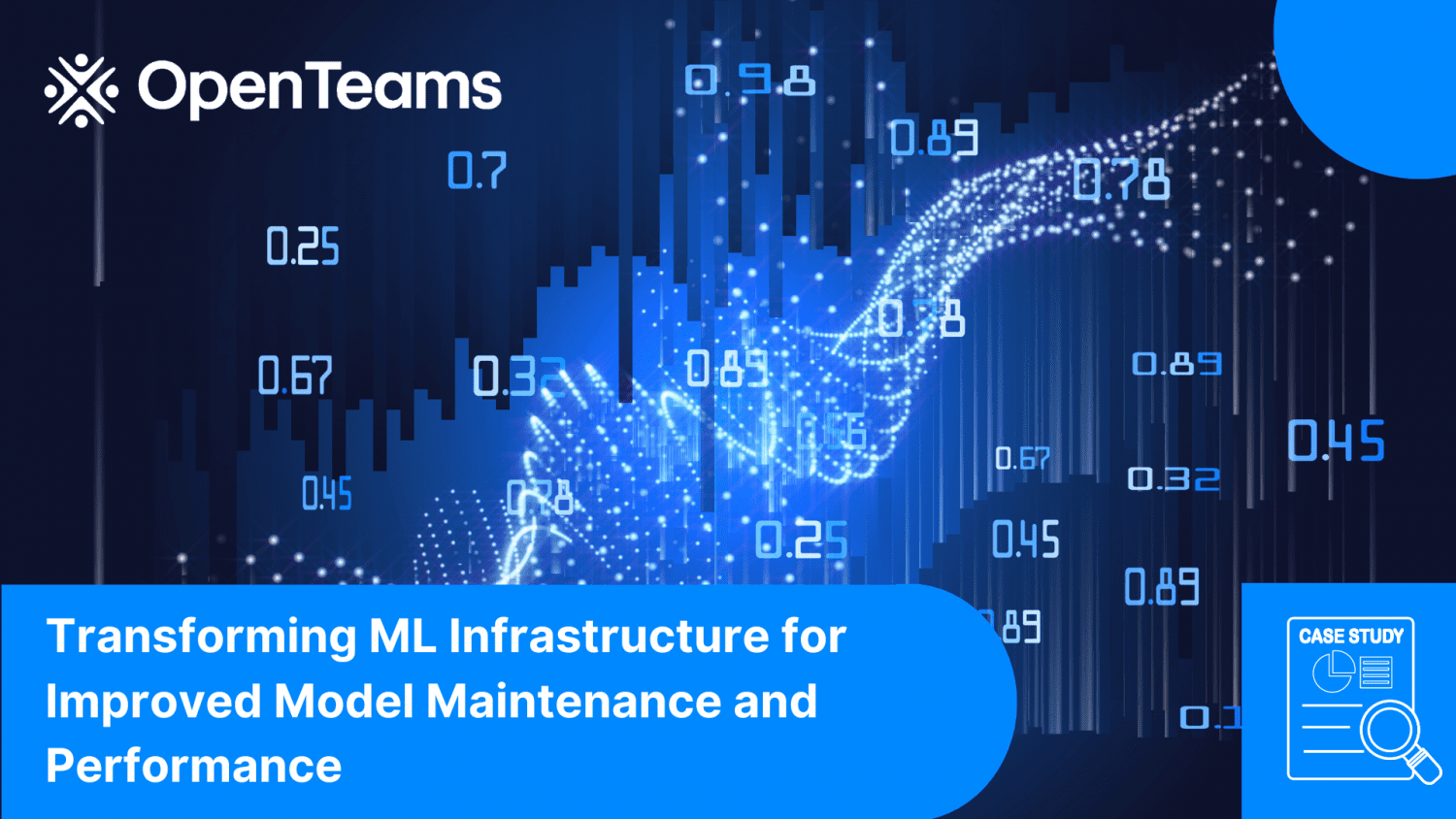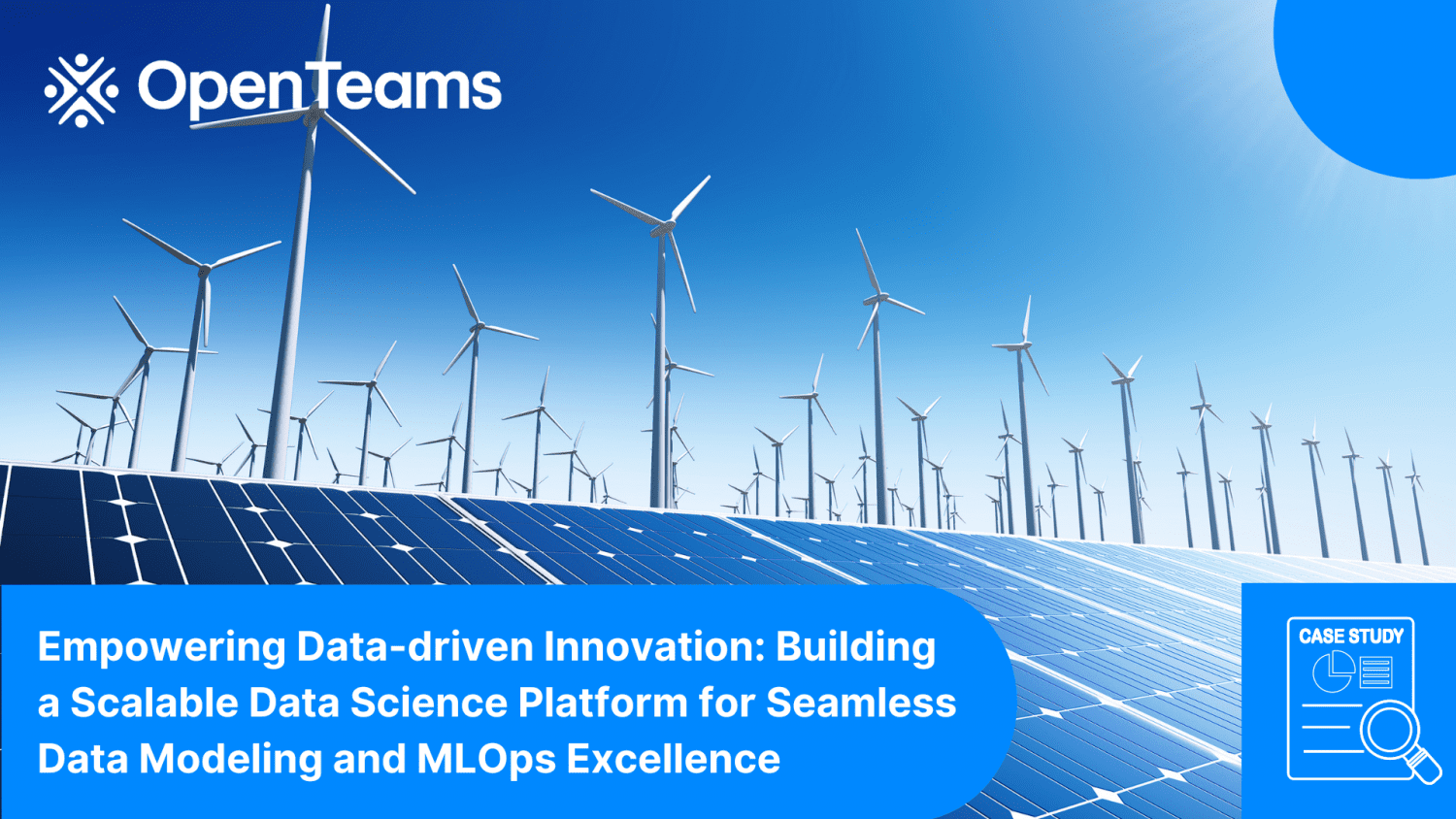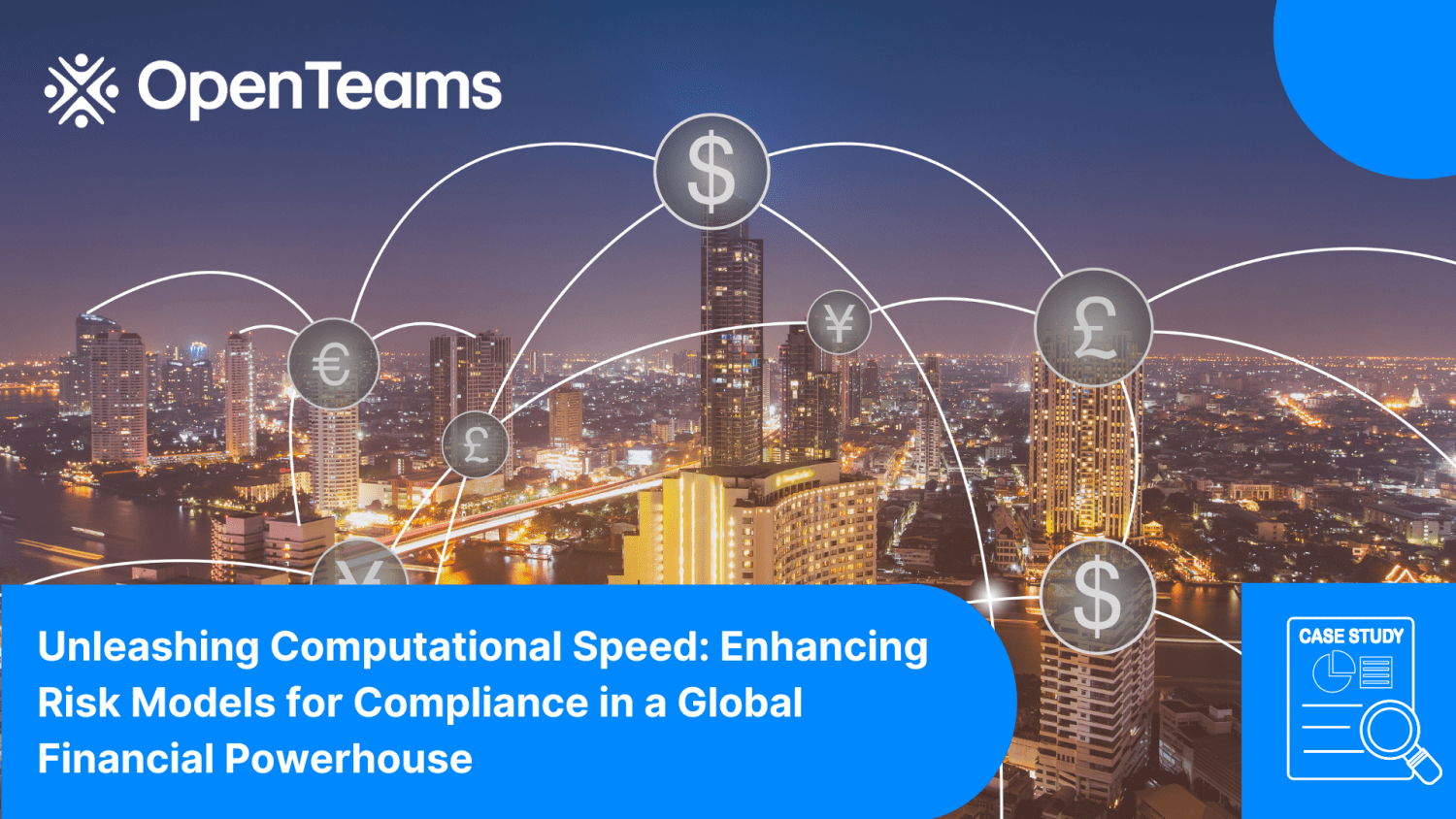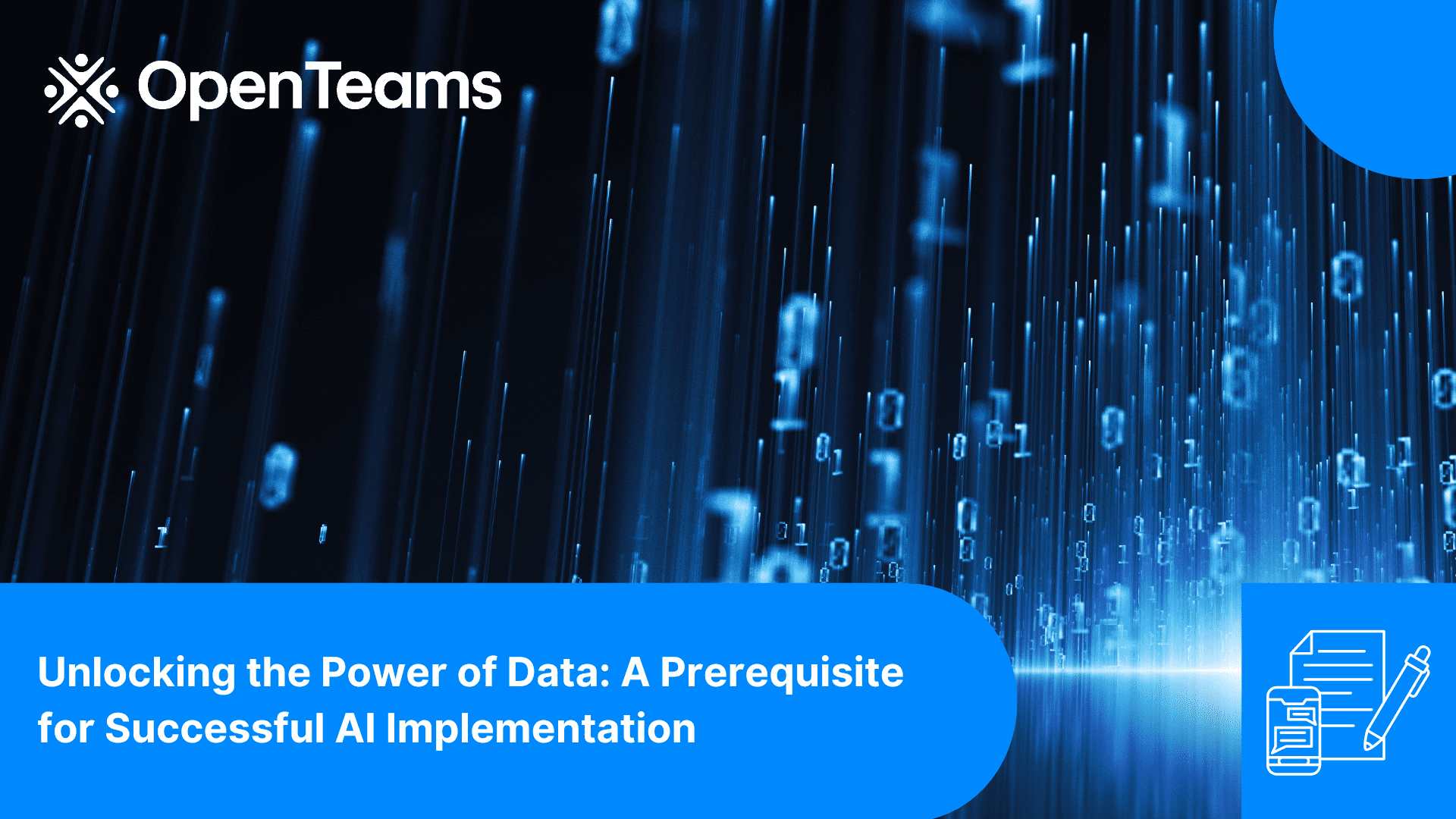
In the realm of technological advancement, few statements have resonated as profoundly as “Data is the new oil” or “Data is the lifeblood of any business.” Over the past decade, the lexicon has evolved from “Big Data” to “IoT,” and now the focus is on the frontier of AI and Machine Learning. Despite the shifting terminology, the fundamental truth remains unchanged: data is the bedrock upon which emerging technologies and their applications are built.
In 2019, the World Economic Forum forecasted that the global data universe would burgeon to 44 zettabytes by 2020. The frenetic pace of digitization, coupled with the unprecedented surge in remote work, learning, and novel applications borne of the pandemic, far exceeded predictions. By the close of 2022, the data landscape had swelled to an astounding 94 zettabytes, a staggering two-fold growth in just two years.
The symbiotic relationship between AI and Machine Learning and data is inextricable. These technologies thrive on data, ingesting vast quantities to construct models and refine them for producing meaningful outcomes. As the adoption of AI expands, so too does its insatiable appetite for data.
The Multifaceted Nature of Data
Data has undergone a remarkable evolution. It once predominantly existed in structured forms, neatly organized within databases and data warehouses, isolated in various departments or branches of an organization. However, the advent of sensors, images, videos, and social media interactions has precipitated the era of unstructured data. This raw data, captured sans any prescribed format, has permeated various sectors, necessitating adept management of an array of data types, including the inherently unpredictable unstructured data.
Further complicating matters are new regulations such as Europe’s GDPR and California’s Consumer Privacy Act, which restrict the utilization of amassed data. Moreover, considerations of data governance, ownership, and usage have become pivotal, as has compliance with unforeseen regulatory demands that might conflict with the initial data collection intent. Organizations now allocate responsibilities to data stewards like Chief Data Officers (CDOs) to oversee data governance, a role distinct from the erstwhile IT/CIO function.
Inseparable Ties: AI and Data
AI is not forged in isolation; it springs forth from a data-rich environment. To paint an accurate and probabilistic picture of solutions, AI models require abundant data. The quality and nature of the data feeding into these models significantly mold their behavior and eventual outcomes. However, this dependence on data is not devoid of pitfalls, as these models could inadvertently lead to unfavorable consequences, whether manipulated or unintentionally neglected.
The COVID-19 pandemic showcased the unpredictable nature of supply chains. No amount of pre-existing data could have anticipated the demand-supply imbalances and transportation bottlenecks that ensued. Nevertheless, data collected during the pandemic has since provided insights that facilitate predictive modeling for demand, though port disruptions still lead to significant losses for major retailers.
While AI isn’t a panacea for all scenarios, it can be a potent tool when backed by comprehensive datasets. Imagine an AI-driven solution for optimizing supply chains through amalgamating datasets on inventory, analytics, footfall, seasonal trends, shipments, capacities, and more. Such holistic insights could significantly alleviate supply chain disruptions. Consequently, organizations are now extending AI applications across functions like marketing, sales, finance, and customer support.
Data: The New Currency?
Data’s intrinsic role in generating insights and driving decision-making processes is transforming it into a form of currency and a competitive edge. Just as traditional currency requires vigilant monitoring to prevent market imbalance, data also necessitates careful stewardship. Unlike regulated currencies, the handling of data is often unregulated, creating disparities in its utilization and valuation.
Despite similarities, data and currency diverge in fundamental ways. Valuation, simultaneous ownership claims, traceability, and consent requirements are vastly distinct. Furthermore, data can be seen as a new form of “inventory,” subject to spoilage, warehousing costs, depreciation, liabilities, and accounting nuances.
Translating these attributes to enterprise data management is complex, particularly when guidelines for data ownership, protection, and utilization are lacking. While some sectors adhere to stringent data regulations, industries like e-commerce, retail, and hospitality still grapple with undefined rules. Regulatory bodies like the Federal Trade Commission have intervened to safeguard consumer rights and set precedents for others to follow.
A Prudent Data Strategy for AI Success
Prior to embarking on AI projects, organizations should meticulously craft a data strategy, addressing critical questions:
- What data will be used?
- Do we possess the rights to use it?
- How will the data be processed and balanced for the intended use?
- Is the data pertinent and likely to yield valuable insights?
- What data will be discarded and when?
- Can synthetic data enhance our existing dataset?
- How will data quality be measured?
- What safeguards prevent model drift from biased or subpar data?
Andrew Ng’s novel idea of “data-centric AI” proposes prioritizing data quality enhancement over incessant model refinement. This approach confronts the reality that the bulk of an AI practitioner’s time is dedicated to data preparation.
Organizations must redefine data sourcing methods to harness data’s potential for AI-driven outcomes. This transformation should be underpinned by innovative technologies, coupled with robust data governance to manage the entire data lifecycle. By doing so, organizations can stand out as the AI-driven pioneers of the future.
Unlocking the Power of Data and AI: The Imperative for Tomorrow
In a world increasingly reliant on digital innovation, data’s significance cannot be overstated. Organizations across the globe are feverishly pursuing the fusion of data and AI to catalyze internal efficiency and elevate customer experiences. As revealed in the 2023 Data and AI Trends Report, over 90% of upcoming enterprise applications are expected to incorporate embedded AI functionality by 2025.
Yet, as the clamor for data surges to underpin business strategies, enterprises grapple with the challenge of managing massive data volumes and leveraging them for AI models. Successful AI integration hinges on reimagining data strategies to unleash its AI potential. Crucial factors encompass data storage and amalgamation to uncover hidden data patterns, facilitating agile and cost-effective model development, and scaling AI deployment for broad impact.
The Emergence of Unified Data Ecosystems
The modern landscape is awash with data, generated ceaselessly by applications and devices. Despite the clamor for unified data, many organizations remain ensnared by antiquated data silos and disintegrated datasets. Resolving these issues requires transcending traditional data storage and warehousing strategies.
Inefficiencies caused by data chasing detract from innovative application development. The true gems of data are the intricate patterns concealed within amalgamated cross-domain datasets. To tap into these insights efficiently, businesses are migrating toward unified ecosystems, granting real-time access to relevant stakeholders. This shift expedites the integration of insights into workflows.
Notably, unified cloud data solutions are emerging as a preferred strategy. Vodafone’s Nucleus, powered by Google Cloud, exemplifies this trend. By integrating all its data into a single source of truth, Vodafone empowers diverse business sectors to create and deploy digital products and services with unparalleled efficiency.
Harvesting Third-Party Data
The value of insights transcends the confines of first-party data. External data sources are gaining traction as organizations recognize their potential to enrich proprietary datasets. A resounding 78% of executive management views external data as a vital competency for their enterprises.
Publicly accessible data, encompassing trend reports, location data, and weather statistics, offers real-time insights to augment internal datasets. Achieving this necessitates adept data processing and AI technologies that facilitate seamless data sharing between platforms. Open standards and architectures are gaining prominence, enhancing the exchange of diverse information.
This approach’s efficacy is evident in Unilever’s environmental impact evaluation. Leveraging geospatial data, Unilever assesses supply chain intersections with forests, water cycles, and biodiversity. These insights guide responsible resource management and the company’s commitment to ending deforestation by 2023.
AI: The Catalyst for Intelligent Business
AI’s rapid evolution has revolutionized data analysis and issue identification. As AI permeates applications, businesses are leveraging it to enhance efficiency and automate tasks. Modern business analytics platforms harness AI models to process data rapidly, discern key trends, and evaluate workflows for identifying core issues.
Crucially, the success of AI lies in its synergy with data. Connecting a broad spectrum of first-party to third-party data with AI models is pivotal. Achieving this necessitates a unified data platform, facilitating agile development of AI models with iterative improvement for optimal business outcomes.
The Road Ahead: Embracing the AI Tipping Point
Embracing the AI tipping point necessitates embedding AI and ML models into business workflows. Cohesive AI adoption strategies empower teams to tackle issues on a grand scale. Auto Trader’s paradigm shift exemplifies this approach. By incorporating Looker into its cloud data architecture, Auto Trader harnessed data insights to drive customer value, empowering data-driven decisions.
In an ever-evolving landscape of data and AI, breaking down data silos, exploring diverse datasets, and intertwining data with AI systems is paramount. As organizations unlock their data potential, the synergy between data and AI will foster insights, intelligence, and a competitive edge.
Conclusion
In a world where data propels innovation and AI reigns supreme, the marriage of these two forces is reshaping business landscapes. As organizations embark on the journey to harness AI’s transformative potential, a pivotal prerequisite emerges: a holistic data strategy. The interconnectedness of data and AI underscores the need for unified ecosystems that transcend data silos and unleash real-time insights. Third-party data integration expands horizons, while AI-driven intelligent solutions redefine efficiency. Today’s business terrain demands a concerted effort to navigate this synergy, ensuring that organizations unlock the doors to a future illuminated by data-driven intelligence and competitive advantage. By embracing this convergence, businesses can step confidently into an era where AI’s promise is fulfilled and data’s power is harnessed to drive success.
References
- The Data and AI Trends Report. (2023).
- CompTIA. “Understand Your Data Strategy Before You Embrace AI.” Retrieved from https://connect.comptia.org/blog/understand-your-data-strategy-before-you-embrace-ai
- AI Business. “Embracing the Data and AI Tipping Point.” Retrieved from https://aibusiness.com/google/unlocking-the-data-advantage-with-ai
About OpenTeams
OpenTeams is a provider of open source solutions for businesses worldwide. Our goal is to connect organizations with open-source communities to help them optimize their use of open-source technologies while also supporting the communities they depend on. We help companies by being a single trusted vendor to provide service-level agreements for support, training, and general contracting and we help open-source communities by enabling participants to efficiently provide their paid services to organizations so they can spend more of their scarce time on open-source development and less time on business development. We provide unparalleled expertise and resources to help businesses achieve their goals. Our flexible support plans allow organizations to pay for only what they need, and our network of experienced Open Source Architects is available to provide top-notch support and guidance around the world allowing for 24/7/365 support. We are committed to fostering a community of innovation and collaboration. We support OSPN.org which enables open-source contributors to advance their careers as an open source contributor, and we sponsor our OSA community to provide tech-leaders with open-source expertise to gather and discuss how to help businesses achieve better results with open-source.
Related Articles
Computer Vision for Automatic Vehicle Damage Detection and Cost Estimation
Transforming ML Infrastructure for Improved Model Maintenance and Performance
Empowering Data-driven Innovation: Building a Scalable Data Science Platform for Seamless Data Modeling and MLOps Excellence
Unleashing Computational Speed: Enhancing Risk Models for Compliance in a Global Financial Powerhouse
Transforming Armed Forces Training: Reinforcement Learning for Enhanced Adaptability and Strategy Development
Unlock the power of open source for your business today
OpenTeams provides businesses with access to a team of experienced open source professionals who can help them unlock the power of open source technologies, delivering customized solutions tailored to their specific needs and goals. Get in touch with us today to learn how we can help you leverage open source to achieve your business objectives.

